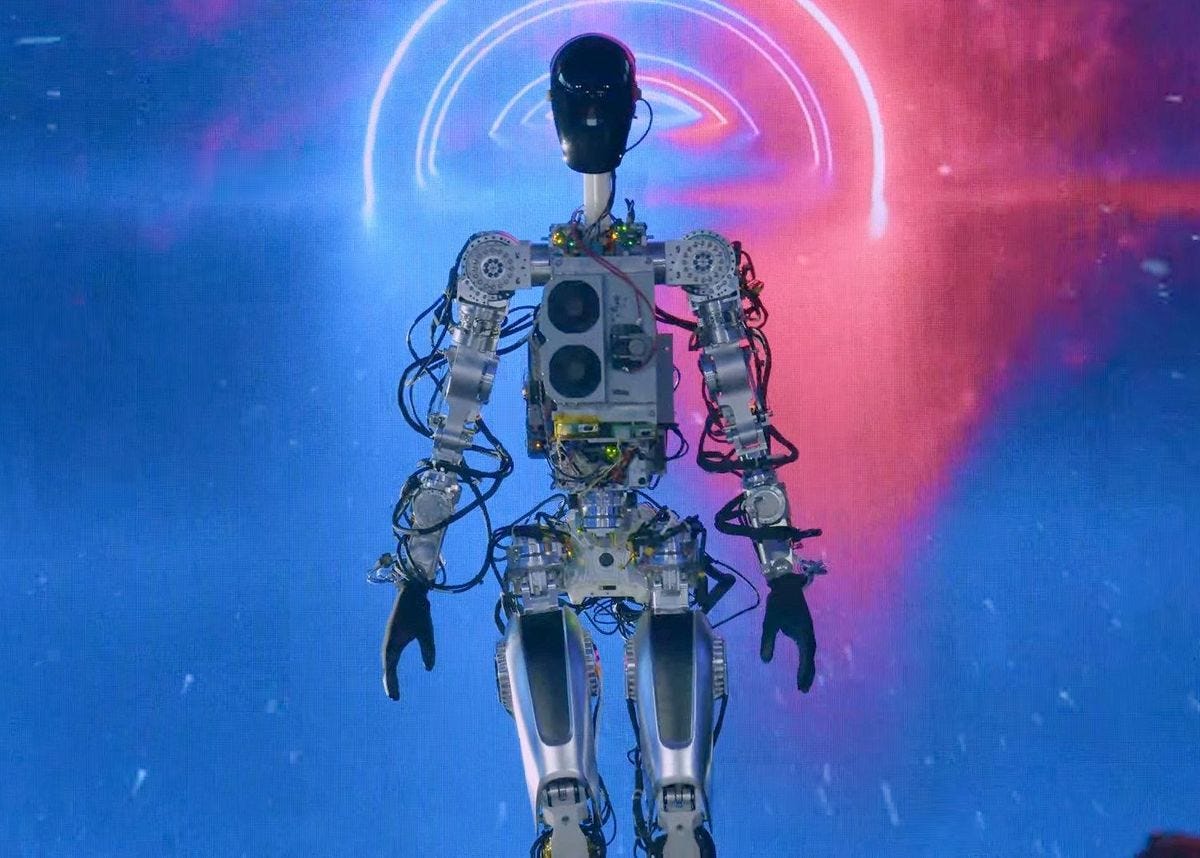Tesla's AI Day Was a Success
Tesla managed to capture the attention of the entire AI field for a few days, mostly for recruiting, and it worked.
Summary
At the recent AI Day 2022, Tesla unveiled its Optimus robot, presented the inner workings of its self-driving and AI technologies, and briefly captured the attention of everyone working in AI and robotics.
Reactions from media and experts poured in during the aftermath of the event; some praised the speed of the humanoid hardware development, while others criticized the lack of anything truly novel.
Regardless of actual product development, this AI Day worked wonders for Tesla in terms of publicity, which the company hopes will help them recruit the necessary talent for its AI ambitions.
What Happened
Tesla recently hosted its second AI Day to present the company’s progress in AI and to recruit engineers in robotics, AI, and hardware. Perhaps what the public and media looked forward to the most is Tesla’s work-in-progress humanoid robot, Optimus, which at last year’s AI day was demo’ed as a person dressed up in a spandex suit. We’ll give a quick summary of what went down at AI day and some commentary, some reactions from the press and experts, and our take on the event.
Optimus Bot
Tesla first showed a working prototype that was able to walk and wave its arms on stage. Afterward, they also showed the newer in-development prototype design of the robot, which they say is designed for mass-manufacturing. This prototype couldn’t walk on its own, so Tesla engineers rolled out the robot on a platform:





